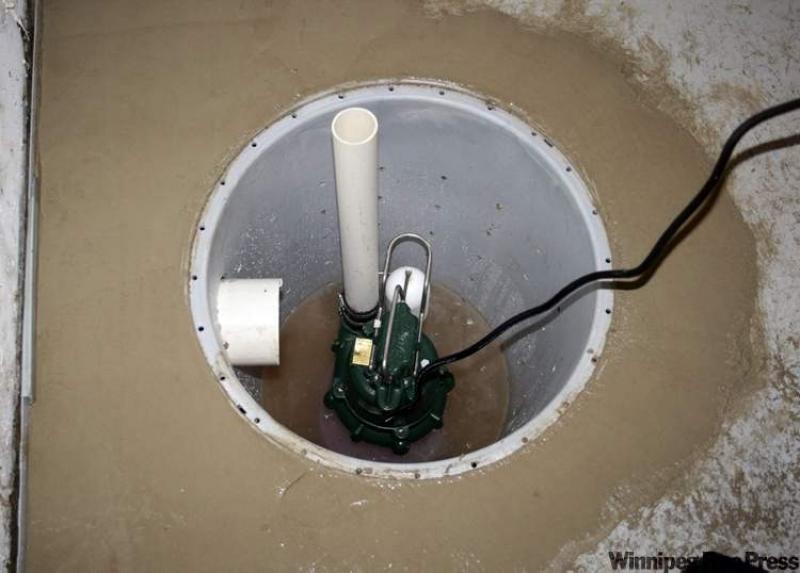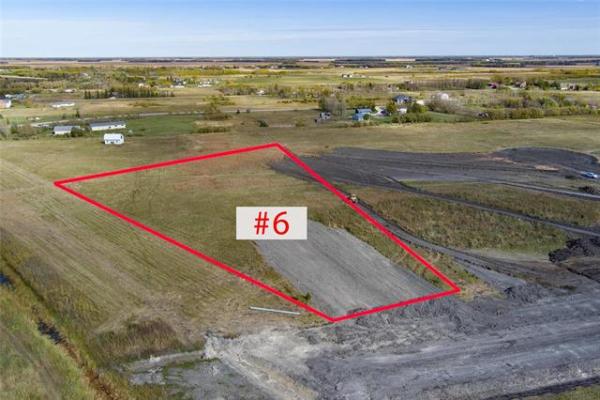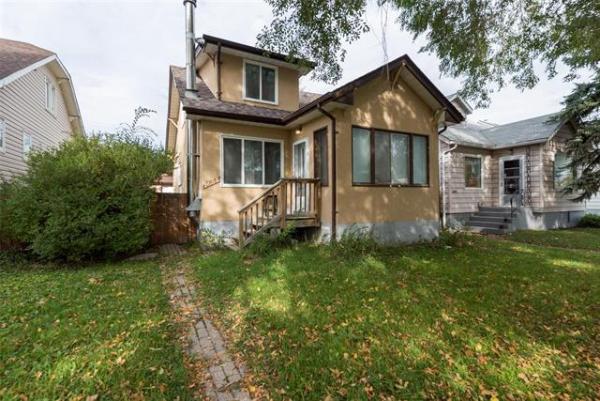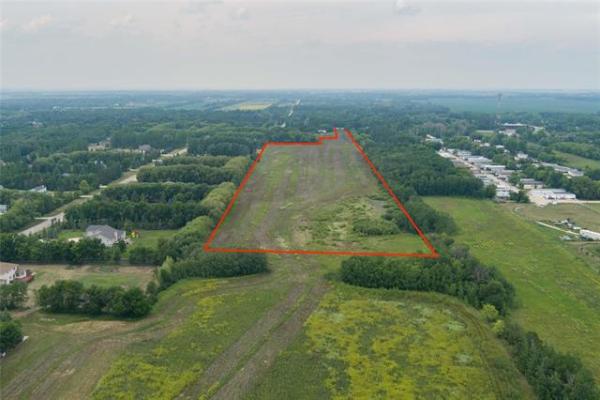QUESTION: We purchased a house built in 1906. When we looked at it, there seemed to be no water problems and there does not seem to be anything wrong with the foundation. However, twice now we have found a bit of water on the concrete floor in the middle of the basement.
What could be causing this? I do not believe that the floor has weeping tiles. Is this water coming up because of too much moisture in the ground?
-- Maureen Marcinkow
QUESTION: With all the rain last year and snow this year, I have a question I'm sure other people will be interested in as well. My problem started when I first moved into my house in 2004. I live in a 1924 house in East Kildonan with a basement floor that was poured right on the clay base.
In the spring of 2004 I noticed water coming up through cracks in the floor. I called someone in and they installed a Saber pit to help relieve the pressure, as well as waterproofing certain areas on the outside that we thought had cracks in the walls. However, when they backfilled, they poured gravel instead of using soil, which means the water goes down more quickly when it rains. Also, I had someone using a camera check my weeping tiles and they found and repaired two spots where they were plugged.
For the most part it helped, but last year, starting with the 100 millimetres of rain in May and the subsequent downpours afterwards, the Saber pit doesn't take the water away quickly enough. It is coming up through the floor, probably because the water table is too high. I called another professional, who recommended running spider lines from the four corners of my house to the pit. However, I'm wondering whether this is only another Band-Aid solution, as the water will find a new crack to come up through further away from the spider lines.
I have already invested $5,000 in trying improve the situation and would really like to solve this situation once and for all. My basement is finished, which makes work harder to do. What would you recommend in this situation as it is very stressful?
-- Jim Bauer
ANSWER: I may be opening a big can of worms in addressing your two questions at this time of year when the snow is melting, but this is probably the No. 1 topic I receive inquiries about. I am addressing these two together, as they are related issues with similar causes.
To simplify this discussion, the problems you are both experiencing are primarily caused by the age of your homes -- the original purpose of the basements and the technology used at that time for water management around homes.
For your 1906 home, the foundation walls are likely built with limestone or perhaps older concrete, but neither house may have a functioning weeping-tile system installed. Both basements were initially installed as cellars, primarily to house the mechanical systems and provide access below the main floor. These were not designed to provide an extension of living space, so a little water or seepage was not a big deal and normally drained easily to the floor drain on the noticeably sloped basement floor.
But, now that we insulate our foundation walls for energy efficiency and use the basement for living space, water in this area can create problems.
Because weeping tiles were not installed, or have become partially plugged, the soil around the homes can become saturated in years with high precipitation like we have just experienced. Often, the moisture from the soil will force its way through small cracks in the foundation or through worn-out mortar between the stones and leak into the basement. Even if this does not occur, the soil underneath the basement floor slab can also become too wet, and moisture will force its way up through floor cracks or the joint between the foundation and the floor by hydrostatic pressure.
Clearing weeping-tile lines below the floor slab and exterior excavation can stop the problem, but may not be a practical solution or may be too costly a repair for both these minor moisture issues.
For the East Kildonan home, installation of a perforated sump pit and pump will help minimize the wet floor by collecting excess water from beneath the slab, but may only be localized and not dry out the entire area. Clearing or replacing the weeping tiles beneath the slab will also help, but will only be effective if the weeping tiles outside the entire foundation have been replaced with a new plastic drainage system. I doubt that has been done, based on your costs.
For the older home, major excavation and weeping-tile installation may be too pricey for such a small issue. The most cost-effective solution for both homes may be found outside.
Attention to grading and water management outside your homes is probably the easiest way to prevent the water on your basement floors. Most homes should have soil built up higher along the foundation walls, with sod or grass planted and maintained to prevent further erosion. This soil should provide a noticeable positive slope away from the foundation, to shed water away from the home.
More important is maintenance of eavestroughs and downspouts. If eavestroughs are in poor condition, leaking, dripping, or blocked with debris, they must be immediately repaired or upgraded. Extending downspouts one to three metres away from the foundation, to allow properly graded yards to absorb rain and melted snow is essential. While this may seem overly simple, the majority of homes I inspect require attention to these two issues, which can help noticeably in prevention of your wet basements.
As with most house issues, good maintenance can prevent costly repairs that may not be necessary with a little diligence and sweat.
Ari Marantz is the owner of Trained Eye Home Inspection Ltd. and the president of the Canadian Association of Home & Property Inspectors -- Manitoba (www.cahpi.mb.ca). Questions can be emailed to the address below. Ari can be reached at (204) 291-5358 or check out his website at www.trainedeye.ca




